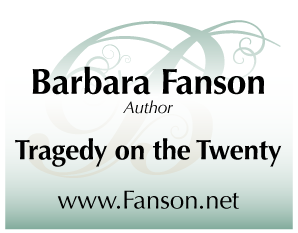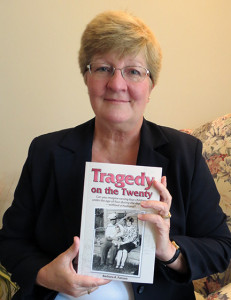Nametags are an essential networking tool
 Even authors doing a speaking event should wear a nametag to identify themselves. When a visitor sees your name, the chance of remembering you is greater.
Even authors doing a speaking event should wear a nametag to identify themselves. When a visitor sees your name, the chance of remembering you is greater.
A nametag identifies you and your organization, as well as start conversations. They can be your best networking tool.
Type
If you don’t want people squinting at your chest, make the type size larger. Avoid embarrassing situations by making sure your nametag can be read from ten feet away. 24 point type or larger is the recommended size. Avoid cursive, script, or other fancy type.
Have you ever seen a large, four-inch tag with tiny type? Use your space wisely. Fill it with large letters. A nametag is a personal billboard or advertisement.
Avoid clutter like thick borders and too much text. You want your nametag readable and memorable in five seconds. For tradeshows, include your name, position, company name, and logo.
Colour
The best background colour for a nametag is white. High-contrast colours are best for visibility such as black type on white background. Dark blue, red, or green are also good background colours, but don’t let the colours get the most attention.
The back of a nametag
Sometimes, nametags are hanging from a lanyard or string and get they get turned around so there’s nothing on the back. If you’re typing out a nametag on a computer, why not print it twice for the back of a tag. Lanyards or necklace nametags help prevent clothing damage, but they can get tangled or turned around.
The nametag should be high enough on your chest so your hands or a table won’t cover it.
Nametags with a pin
If you are attaching a nametag with a pin, put it on your right side, so when you reach forward with your right hand, people can read your nametag. But, for large tradeshows and expos, consider wearing it on the left side to increase visibility when people walk on the right side of an aisle between tables.
A nametag is like a welcome sign for people to get to know you … use it wisely.


No comments yet.